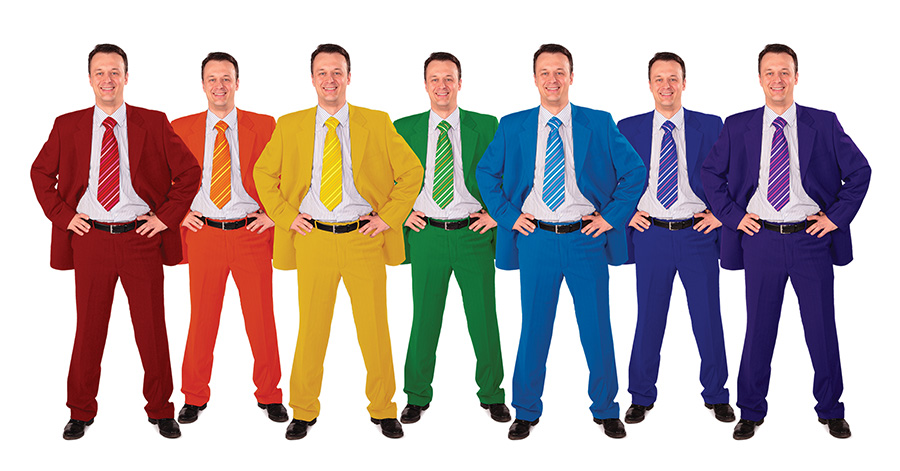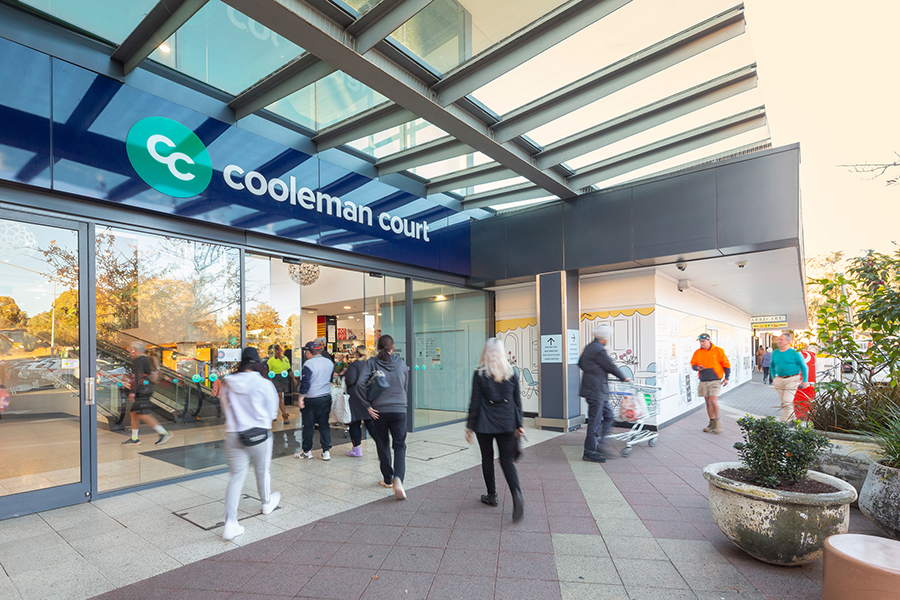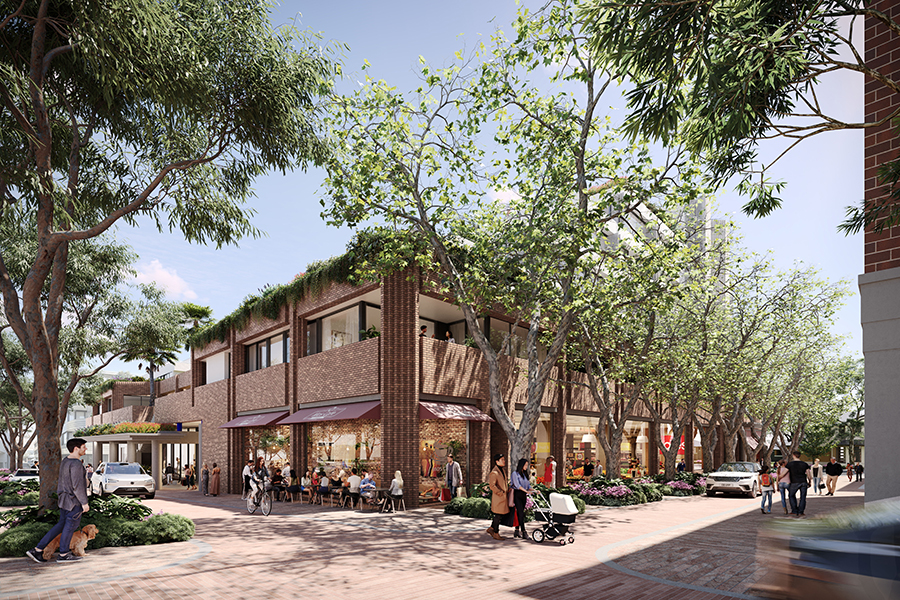SCN readers will know, we publish comment from both the National Retail Association and the Australian Retailers Association. One would think that the aims and objectives of both organisations would be very similar. Milton Cockburn looks however at the division that occurs between the two parties.
There are more than ten separate retailer associations in Australia, a ridiculously large number to effectively represent the interests of an industry employing about 1.2 million people, the nation’s second largest generator of jobs.
Most are single-sector organisations ranging from the Pharmacy Guild of Australia and the Large Format Retail Association (formerly the Bulky Goods Retailers Association) through to the little-known Australian Sporting Goods Association and the Jewellers Association of Australia.
Australia also has two general retailer associations – the Australian Retailers Association (ARA) and the National Retail Association (NRA) – which draw their membership from across the spectrum of the retailing industry.
The words ‘Australian’ and ‘National’ in their titles are somewhat misleading. While both have members in all states and conduct training activities across the country, both are largely east coast organisations.
There is little co-operation between the two associations – and, recently, outright hostility – and both compete vigorously for members and influence. This competition for membership raises the prospect of a competition over fees and a ‘race to the bottom’, which will be to the detriment of both.
Formal discussions between the NRA and the ARA over the possibility of the two bodies merging were held some years ago but the talks went nowhere.
Politicians and other public policy makers have long decried the splintered nature of retailer representation – “we never know who to talk to” is a frequent complaint – but a consolidation of retailer organisations seems unlikely.
One example of this confusion for governments was the establishment in 2012 by the former Federal Labor Government of the Retail Council of Australia, a body that was supposed to be an advisory group to government on retailing issues. The government included the ARA on the Council, which proved to be short-lived, but failed to include the NRA.
Australia’s situation contrasts with New Zealand, where Retail NZ (formerly the New Zealand Retailers Association) is a dominant body with significant influence in Wellington. Similarly, in the USA the National Retail Federation (NRF) is one of the country’s most influential trade associations. The NRF operates through a national network of state retail associations which it describes as the “tip of the spear”, of its lobbying activities.
SCN surveyed in 2004 (Volume 22, Number 5) the sorry history of attempts by Australian retailers to form a unified national body.
The closest Australia has come to a truly national representative body for retailers was from 1996 to 2004 when six separate state-based retailer associations became, either in law or in practice, the state divisions of a reformed Australian Retailers Association.
The earlier attempts at establishing a strong national representative body for retailers foundered on a lack of clear direction, tensions between small and large retailers, state rivalries, and a reluctance of state associations to cede full control to a national organisation.
Ultimately, these same factors also destroyed this second version of the ARA and this is recounted in detail in the SCN article referred to earlier. Although the association and the name survived the trauma of 2003 – 2004, and the ARA remains in existence, it is only a shadow of the former body.
The ARA that emerged from the wreckage of 2004 faced two significant competitors for membership. The first is the National Retail Association (NRA), which was formed out of the old Retailers Association of Queensland (RAQ). The “expulsion” of the RAQ from the then ARA, largely at the instigation of Woolworths, was a disastrous mistake and ultimately led to the national body unravelling.
The second competitor was the newly-formed Australian National Retailers Association (ANRA), formed largely at the impetus of Coles and Woolworths, although it later came to include some other large retail chains.
ANRA suffered from the outset from a clear lack of purpose and struggled to differentiate itself from the ARA and the NRA. It was not a surprise when ANRA (which in 2015 changed its name to the Retail Council) eventually ran out of puff and last year it was finally wound up.
The demise of ANRA does not appear to have had benefits for either the ARA or the NRA. Coles and Woolworths, both of which hold out the prospect of large membership fees, remain apart from both organisations.
The financial situation of both the ARA and the NRA should be the major impetus for driving a merger of the two associations.
After several years of financial losses, both associations are now in the black but their financial position cannot be regarded as solid. Much of the revenue for both comes from government grants and subsidies for their training activities. These are always at the mercy of government budget repair decisions.
The ARA is a federally registered employer association and is therefore required to lodge its financial statements with the Registered Organisations Commission (ROC) and these can be publicly accessed.
These show the ARA notched up substantial operational losses between 2011 and 2015, a series of losses that wiped out the organisation’s reserves. However a series of cost-cutting decisions in 2015 – a year in which it incurred a loss of more than $1 million – appears to have put the ARA on a more sustainable footing. These included relocating to less expensive premises in Melbourne and staff reductions.
In the financial year 2017, the ARA made an operating surplus of nearly $327,000, slightly down on the previous year’s $373,000, enabling it to rebuild its reserves to $364,000.
The ARA has also been able to grow its membership revenue during the past three years by a total of $70,000, or 4.4%, reversing the declines of previous years. This is a significant achievement given the consolidation that has occurred in the industry (which actually reduces membership numbers) and given how notoriously stingy retailers are in such matters.
The ARA’s accounts also reveal how dependent it is on revenue from government grants and subsidies, mainly for training activities. Last year, this was double the revenue the ARA received in membership fees.
The NRA has only recently registered under the Fair Work (Registered Organisations) Act so a true comparison of the financial position of both associations will not be possible until the NRA files its latest financial report with the ROC.
Dominique Lamb, the NRA’s CEO, would not reveal the association’s latest financial report but says the association turned a profit last year. She conceded the NRA had also incurred losses in some years but these had been turned around.
Observers say the NRA has healthy financial reserves. This seems likely given that it was the former RAQ’s reluctance to tip its reserves into the previous version of the ARA that ultimately led to its “expulsion” and the formation of the NRA.
The NRA also claims a substantial increase in membership during the past three years although verification of this claim must again await the filing of its financial returns with the ROC.
Both associations have major training arms although the ARA’s longstanding Retail Institute appears to have much greater depth and reach. An amalgamation of the two organisations would enable a consolidation of the retail industry training function.
If the ARA has the edge in industry training, however, the reverse is true in employment law resources, the other major area of importance to retailers. NRA Legal, its in-house legal arm, provides it with significant industrial relations capabilities.
For nearly two decades, the NRA has been responsible for the spread of Sunday trading and public holiday trading throughout the highly regulated Queensland, in cases before the Queensland Industrial Relations Commission, funded by Coles, Woolworths and relevant shopping centres.
The ARA, by contrast, no longer has in-house employment law expertise and this function has been outsourced to a private legal firm. An amalgamation of the two organisations would undoubtedly lead to savings in this area, as well as a better service for retailers.
The ARA deserves credit, however, for coordinating and driving the long-running case before the Fair Work Commission (FWC) for a reduction in crippling penalty rates in the retail industry. The unanimous decision by the FWC was also upheld unanimously by the Federal Court. This decision could still be at risk, however, if a Labor Government is elected at the next federal election, likely to be held in the first half of 2019.
Russell Zimmerman, the ARA’s Executive Director, is bitter that the NRA did not financially contribute towards the substantial costs of this case – some major retailers refused to contribute as well – despite the benefits of the case also accruing to many NRA members.
The NRA, however, argues that it played its role by driving the associated case for penalty rate reductions in the fast food industry, as well as making many other successful appearances before the FWC on issues of relevance to retailers.
An examination of the respective websites of both the ARA and NRA reveals the extent of the duplication in the advocacy work of both associations and suggests that financial savings in this area could be made from a consolidation of both bodies.
Both associations, to take a recent example, made submissions to the NSW Government over its recent changes to retailer gift card regulation and both lobbied the government on the issue. A concerted approach may have been more fruitful.
A small step was taken late last year towards a consolidation of retailer associations when the NRA and the National Online Retailers Association (NORA) announced a strategic partnership. This is not a merger but it will lead to a closer working relationship between the two bodies and the NORA Executive Director, Paul Greenberg, has become an advisory member of the NRA Board.
Despite the undoubted advantages of a merger between the ARA and the NRA there seems little prospect of merger talks resuming. Indeed, the ARA appears to have embarked on a public campaign of hostility and denigration of the NRA.
In a media release in December 2017, the ARA viciously attacked the NRA, accusing it of “abandoning retailers in favour of their landlord friends at the SCCA”. The grounds for this accusation were nonsense as Angus Nardi, Executive Director of the SCCA, comprehensively explained in the last issue of SCN.
The media release also included a not too subtle personal attack on the relative youthfulness of the NRA’s CEO, Dominique Lamb, despite her impressive CV. It is doubtful if such an attack would have been made about a man in that position.
Dominique Lamb says she regrets the personal attack but insists the NRA will not respond in kind.
“The NRA is happy to have a cooperative relationship with the ARA. I don’t think we need to be in lock-step on every single issue, but nothing is achieved for retailers by public attacks,” Ms Lamb added. “That’s certainly not the way we work.”




















